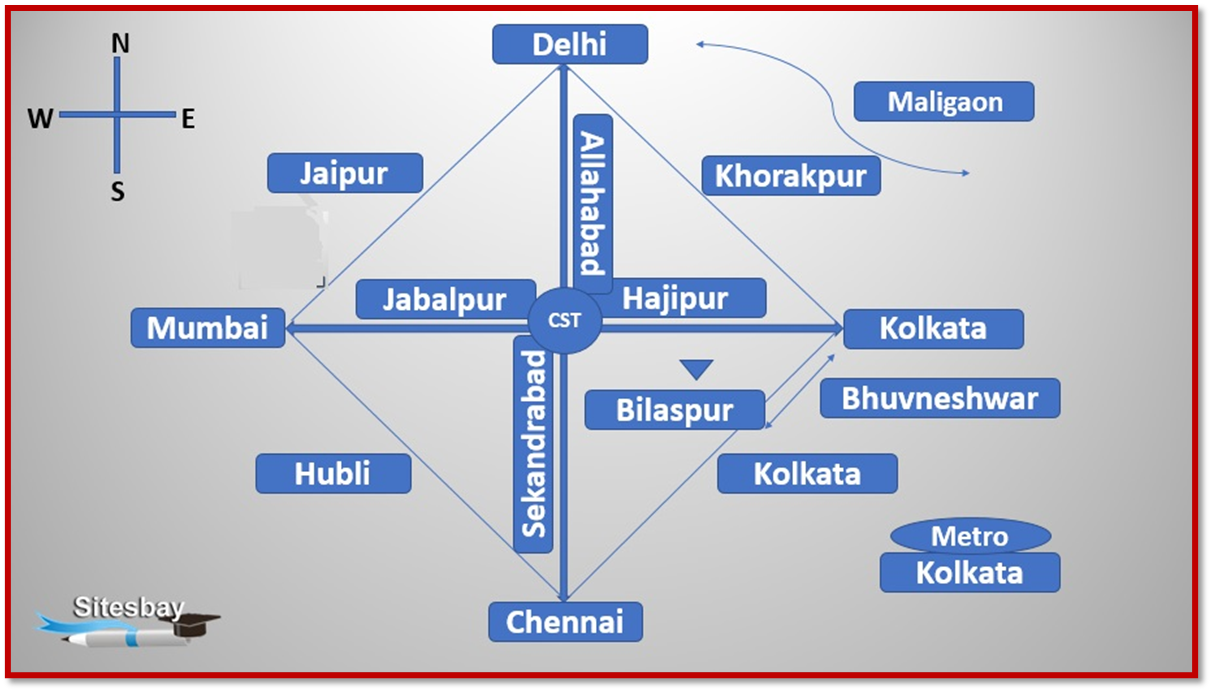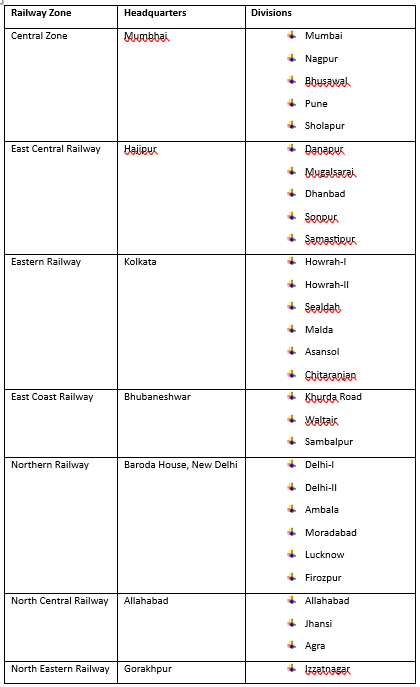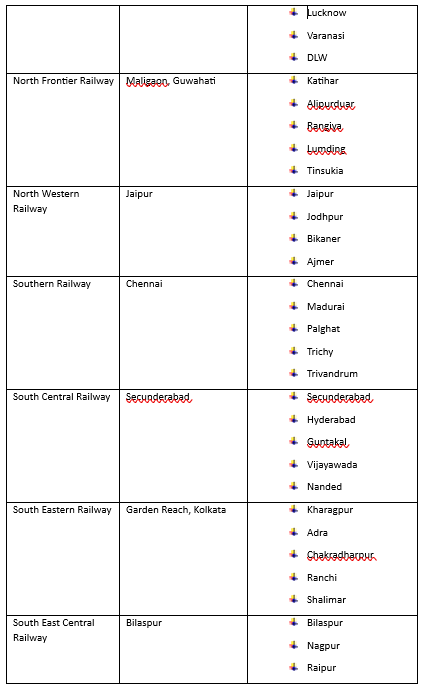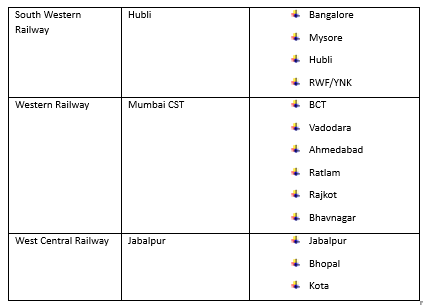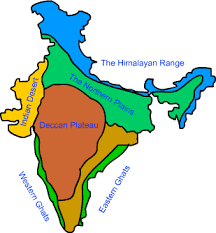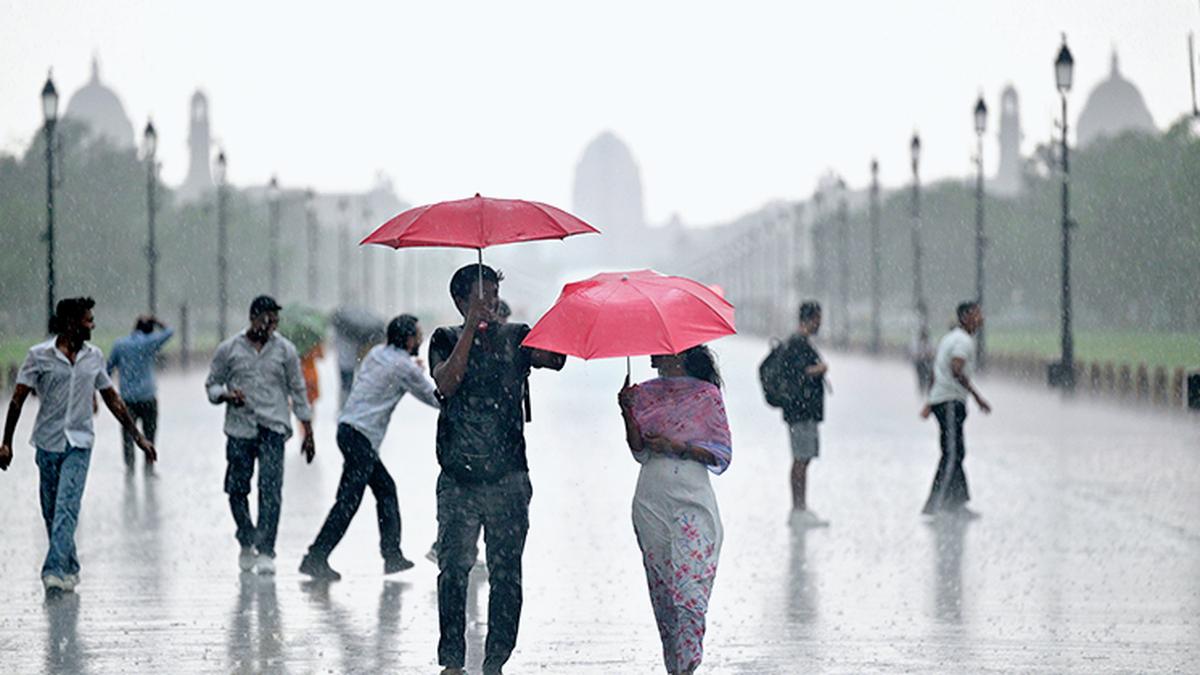Indian Railways is one of the largest rail networks in the world.
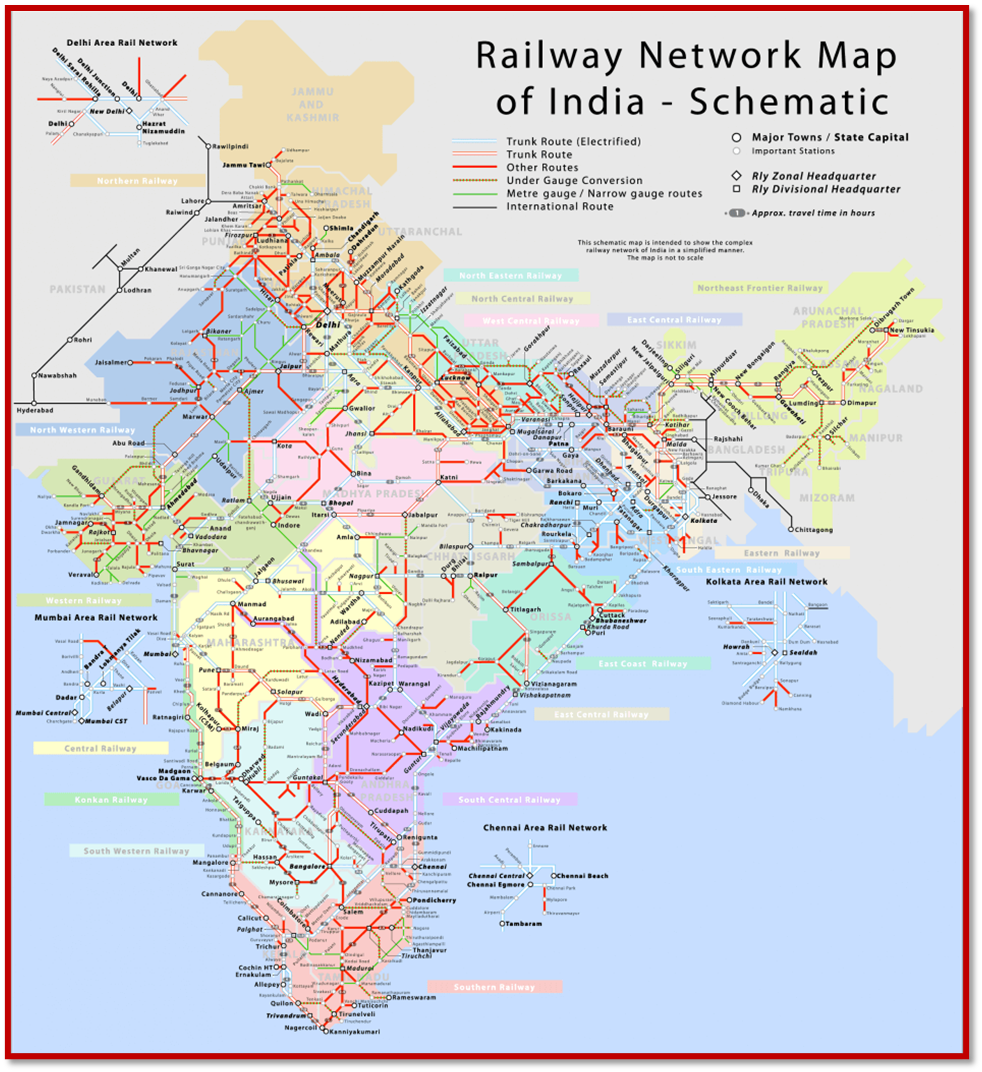
- The Indian Railways network spans 1,23,236 kilometres, with 13,452 passenger trains and 9,141 freight trains transporting 23 million passengers and 3 million tonnes of freight daily from 7,349 stops.
- Under single control, India's railway network is the fourth biggest in the world and the second largest in Asia.
- The Indian Railway is the country's principal artery, often known as the country's lifeline, and it transports both freight and passengers.
- It adds to the country's national progress and economic integration.
- Railways have aided in the development and expansion of several businesses.
- The construction of railway networks in these places is partly responsible for the rise of the textile industry in Mumbai, the jute industry in areas surrounding Kolkata, the coal industry in Jharkhand, and so on.
- Agriculture owes a large part of its development to railways. Only with the help of the railway has agriculture been able to become commercialized.
- Kolkata is the city with the most Indian Railways Zonal Headquarters, including the Eastern Zone, South Eastern Zone, and Metro Railway.
- In the last 150 years, Indian railroads have grown at an incredible rate.
- The centralized management system has been put under strain as a result of its enormous size.
- As a result, the railway system has been separated into 16 zones to relieve the burden. The basic operating units are these divisions.
Important Zones of Indian Railways
